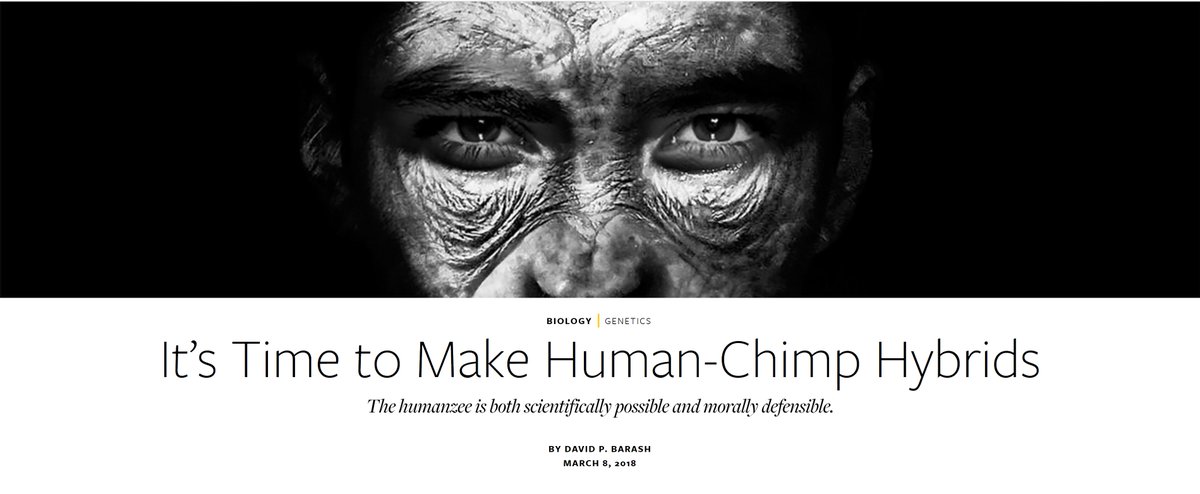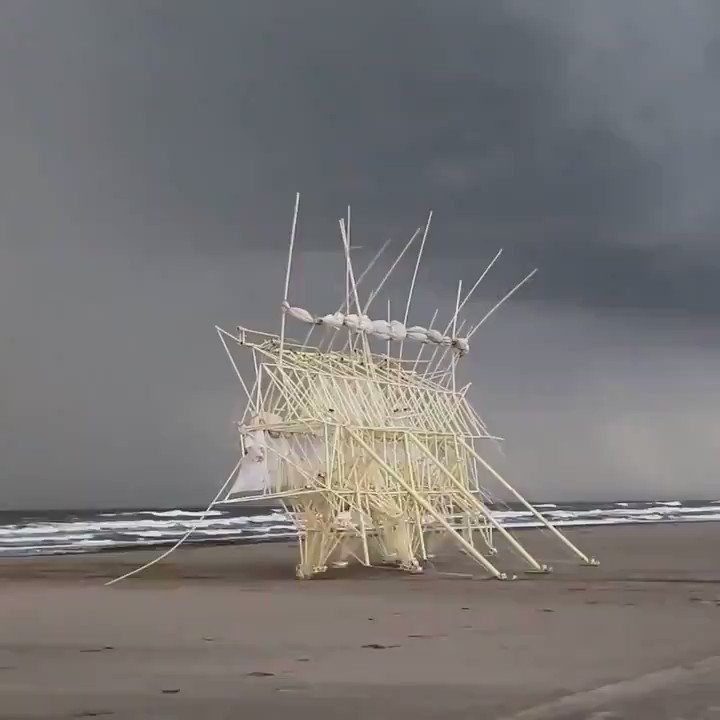Categories Science
1/
(I thought I'd answer you here as it will take several posts and that thread is saturated already)
You know I just had to share. . .
Once again, I'm sharing my thoughts based mostly on the work of Dr. Michael Heiser (Theology, Ancient History. . .
Who are \u201cthe watchers\u201d or fallen angels?
— Mimi J (@TheKanehB) December 9, 2020
Aliens? Angels? Or A diff species?
They seem to be pretty consistent across stories and I\u2019m curious as to what ppl think they actually were
2/
Near East Studies, and Semitic Languages) as well as what I could remember about the book of 1st “Enoch”. Basically, mainstream Biblical study in academia.
The word "angel" (from the Greek word meaning "messenger") is not the nature of something or referring to species.
3/
It's a *job description*, just like you are a woman who takes on the role/function of an *entrepreneur*. These are spiritual beings, the “host of heaven” who surround God. A "divine council" is revealed in Psalm 82 and Job 1: 6.
They have:
1. Free will
2. Rank
3. Function
4/
Angels and demons actually occupy a low rank among divine beings. The higher-ranked ones don't leave the heavenly realms (unless ordered by God). Some are the "guardians of the throne" of God and his presence (i.e. - cherubim).
5/
What about “the Watchers” mentioned in Gen. 6 (as well as in the book of Daniel) and had a much more detailed account in the Books of Enoch? The Greek equivalent of their name (“Grigori”) meant spiritual beings who were “awake”, “watchful”. . .
Enter a thread on isogenies, random walks and automorphism groups.
🧵👇
(0/n)
I will explain some of the background we used to write these papers with Ben Smith, so I encourage you to go read them. There are some results at the end of the thread
My first two papers are out in the arXiv! I'm very thrilled about them \U0001f604 pic.twitter.com/Az9gODokH9
— Enric Florit (@enricflorit) January 5, 2021
The main objects in isogeny-based cryptography are elliptic curves and isogenies, usually defined over finite fields. And, of course, isogeny graphs.
(2/n)
You might want to read about elliptic curves
\U0001f369 elliptic curves thread \U0001f369
— \u2133 \u2606\xb0\u30df (@computer_dream) December 31, 2020
Disclaimer: this thread is not meant to be technical but rather a bunch of facts I find beautiful about elliptic curves. I hope you can find them beautiful as well.
If you want to learn more about this, read Silverman's Arithmetic of Elliptic Curves!
First of all, an isogeny is a nonconstant morphism of elliptic curves fixing the point at infinity.
So it is a group morphism, a morphism of algebraic curves, it is surjective, and it has finite kernel.
In an earlier thread here: https://t.co/wfr5uu6s23 I discussed how Deleuze got rid of the concept of species in Aristotle's system by using the category of the individual singularity to encompass all actual ontological entities.
When it comes to heritage within the western tradition the way I assess it is not correctness but based on how interesting, remarkable and important the thinker is. This is important because whilst I embrace the entire western philosophical tradition as all having important
— Marcus Cunningham (@MarcusC31391111) November 17, 2020
But here we'll look at difference and repetition to take a stab at the broader category of genera.
From Somers-Hall's Book on Difference and Repetition.

"Second, Deleuze argues that while Aristotle provides an account of the determination of objects, he cannot provide an account of the constitution of objects. As we saw, properties are understood as properties of something, and the same could be said of differences.
Unfortunately the observed ORF8 inactivation or the nsp6 SGF deletion are both indicative of T cell depletion, yet the deletion of HV and Y suggest functional B cell immunity—specifically the HV deletion is not observed in the patient nor the ORF8

Deactivation. The nsp6 SGF is located in an ER exposed loop that is conserved even in long passage within immunocompromised patients. The loop likely interacts with nsp3 and help antagonizing cellular autophagy. And human-like B cell immunity does not cause deletion here.
Cellular autophagy help display peptides on MHC class II molecules, and ORF8 removed MHC class I molecules. The loss of both functions suggest the host cytotoxic T cell immunity is not functional yet the S deletions are consistent with B cell immunity in an altered host
Environment. As the long covid-associated immnocompromisation was not found to cause either SGF deletions (or any deletions) in ORF1ab nor does it inactivate ORF8, Cytotoxic T cells are functional enough in these patients to require both functions to remain intact.
It can not be HIV since that https://t.co/yKJIxeSzlf depletes helper T cells instead of cytotoxic T cells https://t.co/h0aN2vnkLk ,ironically creating a patient condition that is B-cell deficient but not T-cell deficient.
https://t.co/zXuFN66SWe
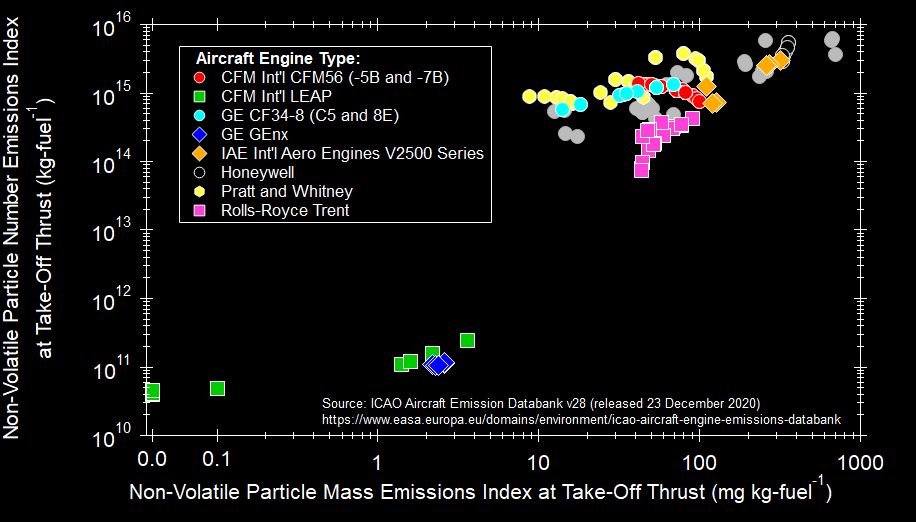
Up until now, certification data for aircraft engine particle emissions have been reported in terms of a "smoke number", which is derived from the change in reflectance of a Whatman 4 filter after collecting 16.2 kg/m² exhaust. 2/
https://t.co/6fa9Kkdupr
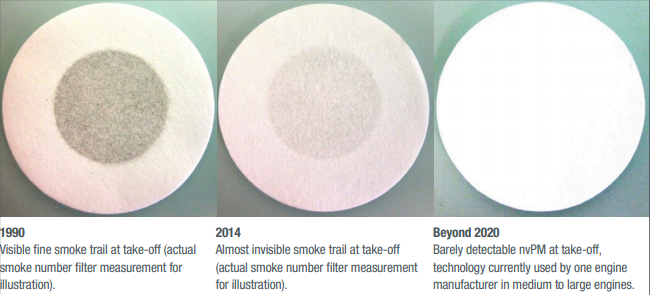
One challenge with the smoke number measurement is that the filter doesn't capture all of the particles -- especially small ones. Is the decrease in smoke number over time because we are trading a few large soot particles for many more smaller soot particles? 3/
While smoke numbers are not particularly helpful for quantitatively assessing particle emissions impacts on air quality & upper tropospheric composition, they have been a huge success in motivating the reduction of unsightly exhaust plumes! 4/
Photo credit: flickr/dsleeter_2000
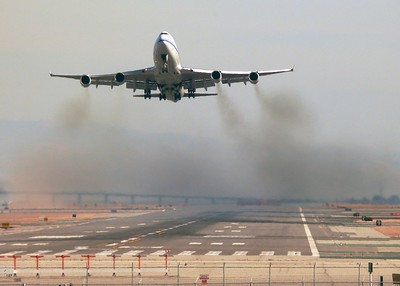
The new EI data are much more useful for #AirQuality and #Climate modeling efforts seeking to understand the environmental impacts of aviation. Since they're collected at ground conditions, the data are most relevant to AQ, but maybe can be extrapolated to cruise conditions? 5/
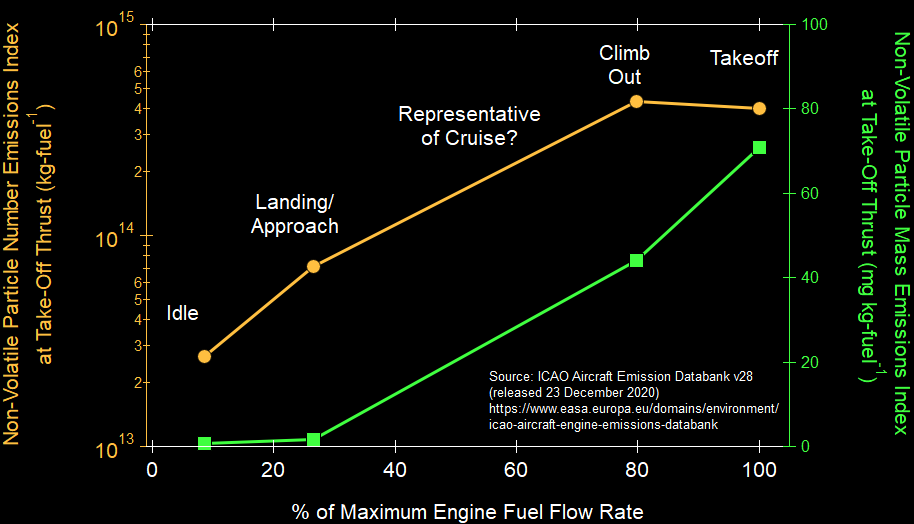
Falling bacterial communities from the atmosphere | Environmental Microbiome | Full Text https://t.co/sXCeAJ7Ba7
— Laurence Badgley (@BadgleyLaurence) December 11, 2020
Korean scientists quantify lift off, descent, & propagation of various bacteria “species” in the atmosphere & as high as 1,000 meters. These micro-spaceships average about 8 micrometers (if I got that right).
Atmospheric density of bacteria particles relates, in part, to their ability to nucleate with other airborne particles. Scientists can even differentiate the aerodynamic properties of these bacteria from larger (factor of 10x) pollen spores & larger fungal spores (factor of 5x).
Most surprisingly, these bacterial-driven spaceships can live & propagate while in the atmosphere via nutrient atmospheric milieus & sources of alcohols & other organic substrates.
In the mid-1980’s, Princess Stephanie (sister of Prince Rainier of Monaco) invited me to present at an intimate “Energy Medicine” symposium in that small kingdom. I remember it was their national holiday of fireworks & celebration.
@AcademicChatter #WorkYourCareer
As @JonathanMalloy and I argue in this @ConversationCA article, Ph.D. students can't wait for programs and universities to meet their professional development needs. While some offer great options, availability is uneven.
#AcademicTwitter
In #WorkYourCareer, we provide students with clear guidance on how to prepare for both academic & non-academic careers at every stage of their program. We outline our approach in the first chapter (available free online).
#AcademicTwitter #phdChat
In Chapter 2 of #WorkYourCareer, we walk you through questions to consider when applying to PhD programs - including whether to apply and if so, to which ones (free excerpt linked below).
#AcademicTwitter #phdChat
https://t.co/Mif6bTErgT
#AcademicTwitter #phdChat
Are you a potential PhD student deciding which programs to apply to? Check out this except from "Work Your Career" where @loleen_berdahl and I give guidance on choosing the PhD program that best suits you. https://t.co/2G328d6O38
— Dr. Jonathan Malloy (@JonathanMalloy) November 27, 2020
We also include this handy table. pic.twitter.com/V4BOr7YI1B
Chapter 2 of #WorkYourCareer also includes our somewhat-controversial 'should I do a PhD?' flowchart. A PhD can be a great choice for many people - but it is a big life decision.
#AcademicTwitter #phdChat
Thinking of applying for a PhD? @JonathanMalloy and I created a flowchart to help you think through the decision (from our @utpress book, Work Your Career, which devotes a chapter to how to apply for PhD programs).@AcademicChatter #AcademicTwitter #gradschool https://t.co/nvTpqLjq0v
— Loleen Berdahl (@loleen_berdahl) November 23, 2020
#ProcB Application of ecological and evolutionary theory to #microbiome community dynamics @jamesemcdonald @bkoskella https://t.co/fqOH0kVkaE. All Special Feature papers Free to Read - https://t.co/S02w5ODyHQ pic.twitter.com/jLk3eai1eO
— Royal Society Publishing (@RSocPublishing) January 1, 2021
Application of ecological and evolutionary theory to microbiome community dynamics across systems | Proceedings of the Royal Society B: Biological Sciences https://t.co/LzzUDDE7Qg @jamesemcdonald
@gut_health
@bkoskella
@RSocPublishing
Transmission efficiency drives host–microbe associations | Proceedings of the Royal Society B: Biological Sciences https://t.co/bBdGS1XdTo
@PhilipLeftwich
Matthew P. Edgington
and Tracey Chapman
Host–microbiota–insect interactions drive emergent virulence in a complex tree disease | Proceedings of the Royal Society B: Biological Sciences https://t.co/RpwpxgHgY4
@clydeandforth1
Martin Broberg
Sandra Denman
@jamesemcdonald
A game theory model for gut bacterial nutrient utilization strategies during human infancy | Proceedings of the Royal Society B: Biological Sciences https://t.co/o3kIzv0ZbR
Inga Leena Angell
Knut Rudi

(04/25/2017) An artificial womb successfully grew baby sheep — and humans could be
(05/17/2017) Exposure to BPA potentially induces permanent reprogramming of painted turtles'
(07/23/2017) A Spanish scientist is making robots that he thinks could end sex between
(03/08/2018) It’s Time to Make Human-Chimp Hybrids.
The humanzee is both scientifically possible and morally defensible.
https://t.co/R925n7ieWz
